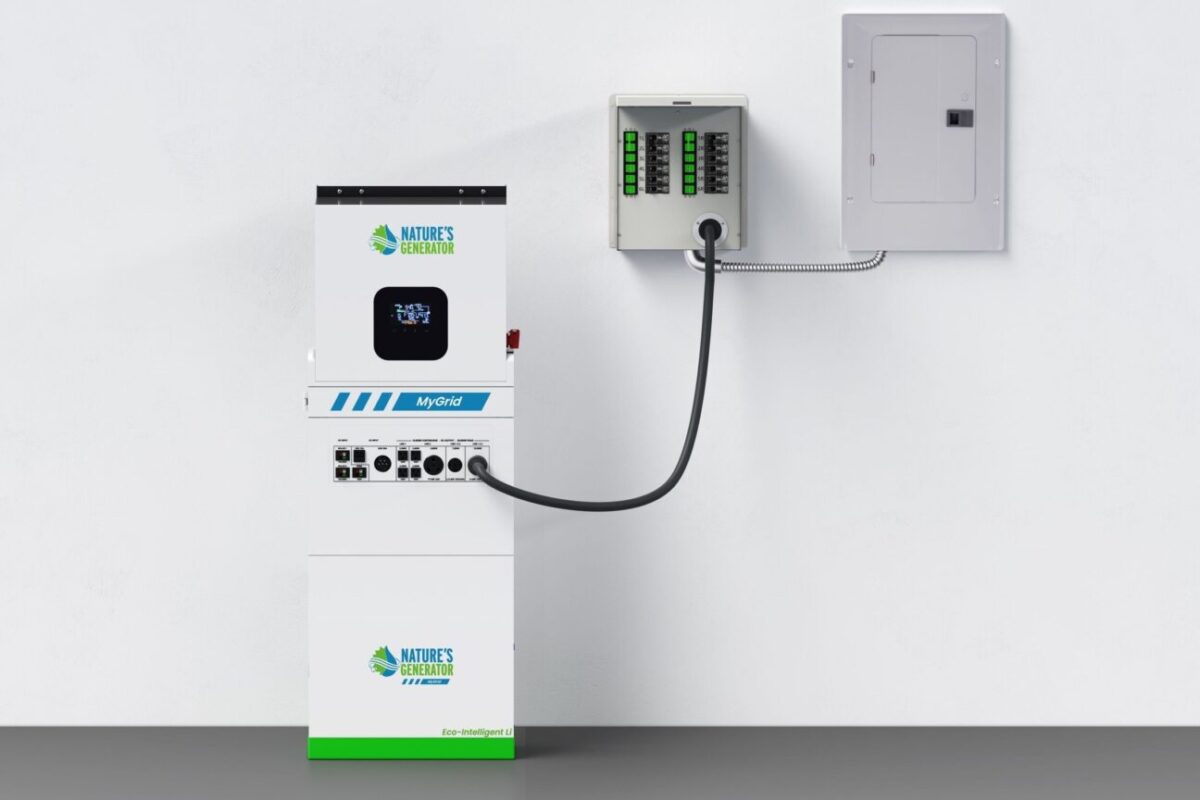A new IEEFA report has looks at the potential impact of moving from net metering to net billing in Pakistan.
“The Future of Net-Metered Solar Power in Pakistan” explains that the government of Pakistan is currently considering several policy changes, including reducing buyback rates and limiting system size allowances, in addition to transitioning from net metering to net billing.
Pakistan introduced net metering in September 2015. According to the report, approximately 2.2 GW of net-metered rooftop PV capacity had been connected to the grid by June 2024. Under current regulations, excess energy from net-metered solar systems can be sold back to the grid at the National Average Power Purchase Price, which currently stands at PKR 27 ($0.097)/kWh.
The current level means that systems between 5 kW and 25 kW have payback periods of between two and four years. The report explains that this, alongside a decline in solar prices, has led to a surge in net-metered rooftop solar in Pakistan.
While this growth is helping to bring more clean energy to the grid and reduce the daytime peak, the report says that power transmission and distribution utilities are worried that more distributed solar in the system could threaten distribution infrastructure and drive up capacity payments for non-net-metered consumers. These concerns are leading the government to consider scaling back current incentives.
The report says that a solution might be to lower the buyback rate to PKR 15/kWh. It says this would still offer payback periods of under five years for most systems, while also “stabilizing the rapid rate of solarization that concerns the government.”
“Our report shows that a moderate reduction in buy back rates could provide relief to energy consumers and power distribution companies while still encouraging self-consumption,” says Haneea Isaad, an energy finance specialist at IEEFA. “The timing of these policy changes is crucial. While a revised policy with reduced incentives could be implemented immediately for new installers, a gradual phase-out of the current policy every quarter would offer a transitional period for both new and existing net metering beneficiaries.”
The report explains that a shift to net billing would remove the off-peak adjustment consumers enjoy under net metering, instead introducing separate tariffs for electricity imports from and exports to the grid.
Net billing could therefore lengthen payback periods for consumers with higher self-consumption ratios, the report says, and may encourage the installation of oversized systems in an attempt to maximize returns and minimize payback periods. It estimates a 25 kW system could have just over a one-year payback period under the policy.
To avoid incentivizing oversize systems, IEEFA says a net-billing regime would need to be paired with restrictions on the size of systems that consumers can install.
“Combining a reduced system limit with a net billing regime could discourage the installation of oversized systems while promoting the shift toward hybrid systems with battery energy storage,” said Isaad.
IEEFA’s report adds that the government must combine grid optimization and digitization with any changes to its net-metering policy, while it advises consumers to “choose the right system size for their consumption profile to significantly impact their return on investment.”
Pakistan’s total deployed solar stood at 1,244 MW at the end of 2023, according to figures from the International Renewable Energy Agency (IRENA).
This content is protected by copyright and may not be reused. If you want to cooperate with us and would like to reuse some of our content, please contact: editors@pv-magazine.com.




By submitting this form you agree to pv magazine using your data for the purposes of publishing your comment.
Your personal data will only be disclosed or otherwise transmitted to third parties for the purposes of spam filtering or if this is necessary for technical maintenance of the website. Any other transfer to third parties will not take place unless this is justified on the basis of applicable data protection regulations or if pv magazine is legally obliged to do so.
You may revoke this consent at any time with effect for the future, in which case your personal data will be deleted immediately. Otherwise, your data will be deleted if pv magazine has processed your request or the purpose of data storage is fulfilled.
Further information on data privacy can be found in our Data Protection Policy.